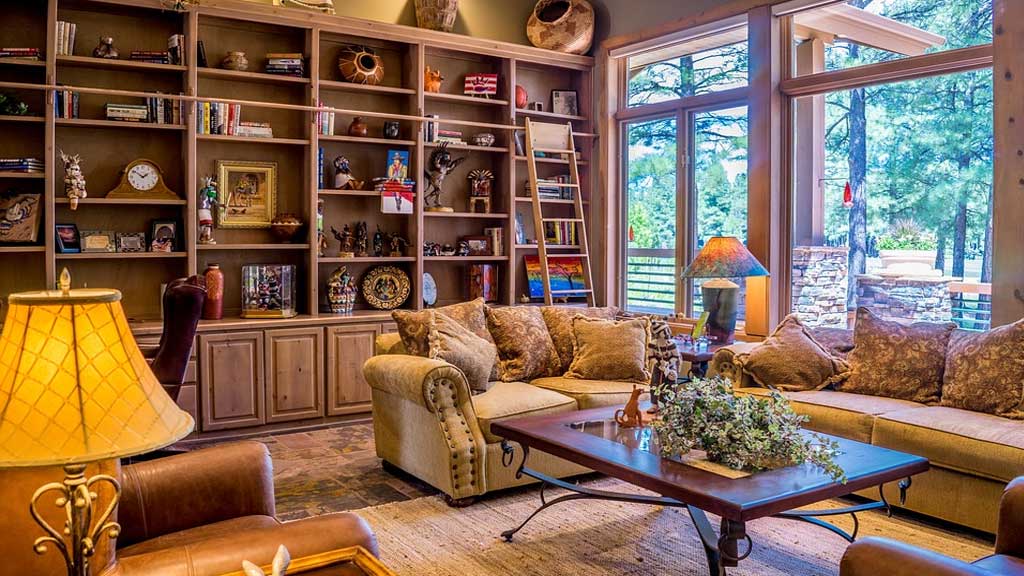Introduction:
Interior design is the art of transforming spaces into beautiful, functional, and harmonious environments. If you have a passion for creating stunning interiors and dream of turning that passion into a rewarding career, an interior designing course might be the perfect path for you. In this blog, we’ll explore the fascinating world of interior design, the reasons why you should consider enrolling in a course, the numerous career opportunities it opens up, and what you can expect on your journey to becoming an interior designer.
Why Choose an Interior Designing Course?
- Unleash Your Creativity: Interior designing courses provide the ideal platform to explore and expand your creative talents. They encourage you to experiment with colors, textures, and layouts to create unique and visually appealing spaces.
- Professional Training: These courses equip you with the knowledge and skills needed to plan, design, and execute interior spaces effectively. You’ll learn the technical and artistic aspects of interior design.
- In-Demand Profession: The demand for skilled interior designers is on the rise, with homeowners, businesses, and real estate developers seeking expert guidance to enhance their spaces. It’s a field with promising career prospects.
Career Opportunities in Interior Design:
- Residential Interior Designer: Design beautiful homes, helping homeowners create spaces that reflect their style, personality, and functional needs.
- Commercial Interior Designer: Work on projects for businesses, creating office spaces, retail stores, and restaurants that are both aesthetically pleasing and efficient.
- Interior Decorator: Specialize in enhancing interior spaces through furniture, accessories, color schemes, and other decorative elements.
- Sustainable Designer: Focus on eco-friendly and sustainable design practices, which are increasingly important in the modern world.
What to Expect in an Interior Designing Course:
- Design Principles: You’ll learn the fundamental principles of design, including balance, rhythm, proportion, and harmony.
- Technical Skills: Gain practical knowledge in space planning, material selection, and construction techniques.
- Computer-Aided Design (CAD): Many courses include training in CAD software, which is essential for creating professional design plans and visualizations.
- Color Theory: Understand how color affects mood and atmosphere and learn how to select the right color palettes for different spaces.
- Client Communication: Develop strong communication skills to understand client requirements and present your design concepts effectively.
Choosing the Right Interior Designing Course:
- Accreditation: Look for courses offered by accredited design schools or institutions that have a strong reputation in the industry.
- Experienced Faculty: Seek courses with experienced instructors who have a solid background in interior design and can provide valuable guidance.
- Practical Experience: Ensure that the course offers hands-on experience, such as design projects and site visits, to apply what you’ve learned.
- Industry Connections: Some courses have connections with design firms and offer internship opportunities, which can jumpstart your career.
In conclusion, an interior designing course is your key to an exciting and fulfilling career in the world of design. It provides you with the skills, knowledge, and inspiration to transform spaces into works of art. If you’re ready to embark on a journey of creativity and transformation, consider enrolling in an interior designing course and turn your passion for design into a thriving career. Your future as an interior designer awaits, filled with opportunities to make spaces beautiful, functional, and inspiring.

